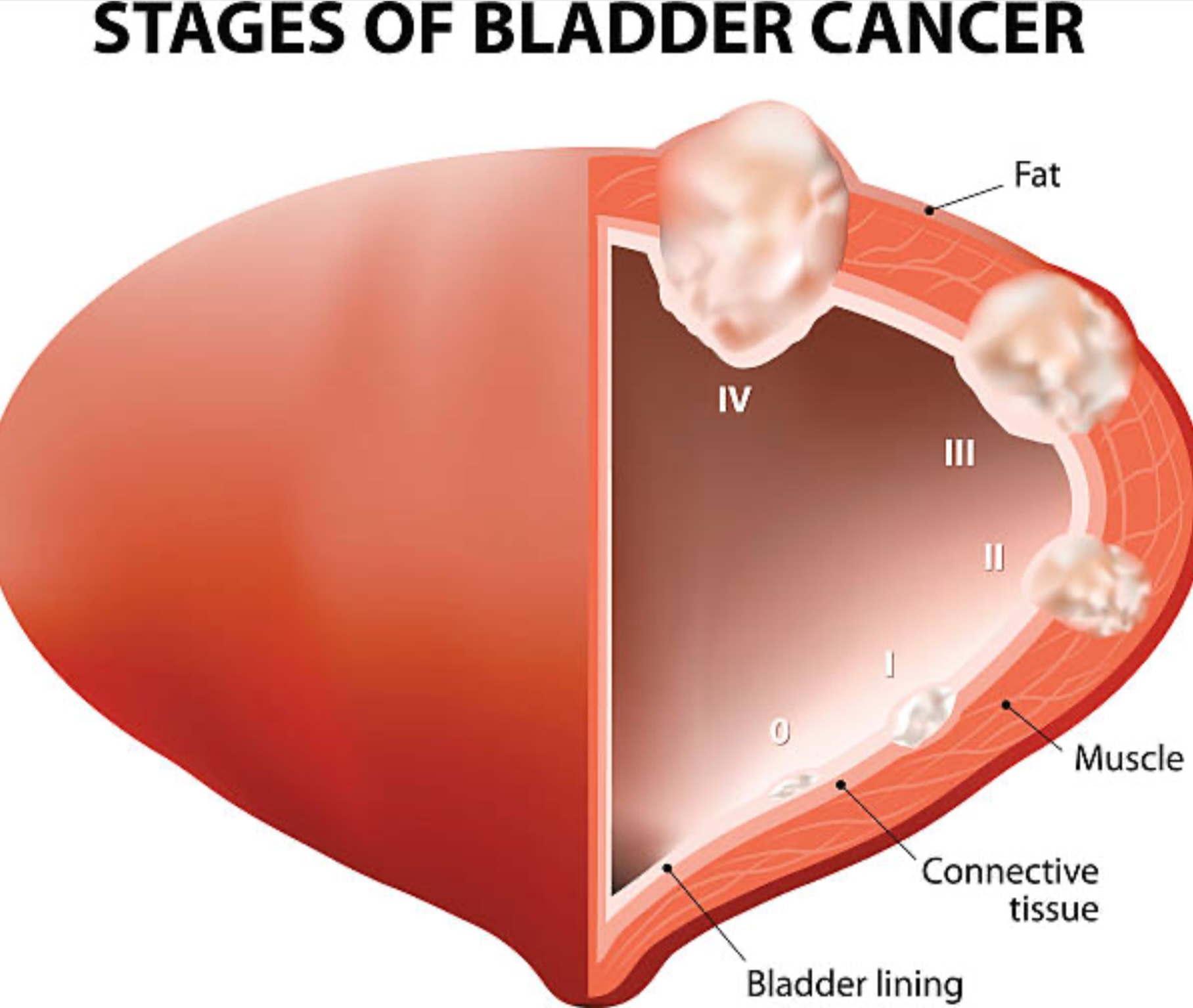- info@southernwestchesterurology.com
- 944 N Broadway # G6, Yonkers, NY 10701
- Mon - Fri: 09:00 AM - 05:00 PM
- Home
- About Us
- Procedures
- Robotic Aquablation of the Prostate
- Neuromodulation
- Penile Implant
- ProAct
- Urolift implant
- Cryotherapy Prostate Cancer
- Barrigel Spacer Injection
- Bulkamid Injection
- Cystoscopy
- Extracorporial Shockwave Lithotripsy ESWL
- HIFU
- Holmium Laser Lithotripsy
- iTind
- MRI Fusion Guided TP Prostate Biopsy
- Transurethral laser/Plasma vaporization of the prostate
- Urocuff Test
- Urodynamic Study
- Vasectomy
- Conditions We Treat
- Bladder Cancer
- BPH
- Erectile Dysfunction
- Female Urinary incontinence
- Hematuria
- Interstitial Cystitis
- Kidney Cancer
- Kidney stone
- Male Hormone Therapy
- Male Urinary Incontinence
- Overactive Bladder
- Pelvic Organ Prolapse
- Peyronies Disease
- Premature Ejaculation
- Prostate Cancer
- Prostatitis
- Testicular cancer
- Urinary retention
- Urinary tract Infection
- Venereal Warts
- Contact Us
Lorem ipsum dolor sit amet, consectet eiusmod tempor incididunt ut labore e rem ipsum dolor sit amet. sum dolor sit amet, consectet eiusmod.
Visiting Hours
| Mon - Fri: | 8:00 am - 8:00 pm |
| Saturday: | 9:00 am - 6:00 pm |
| Sunday: | 9:00 am - 6:00 pm |
Gallery Posts








